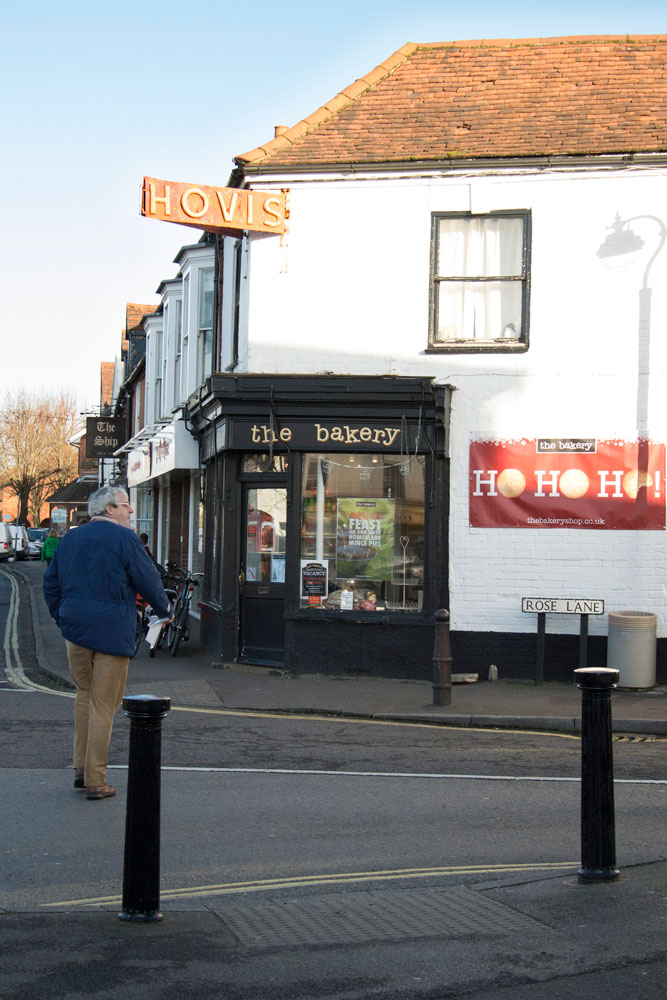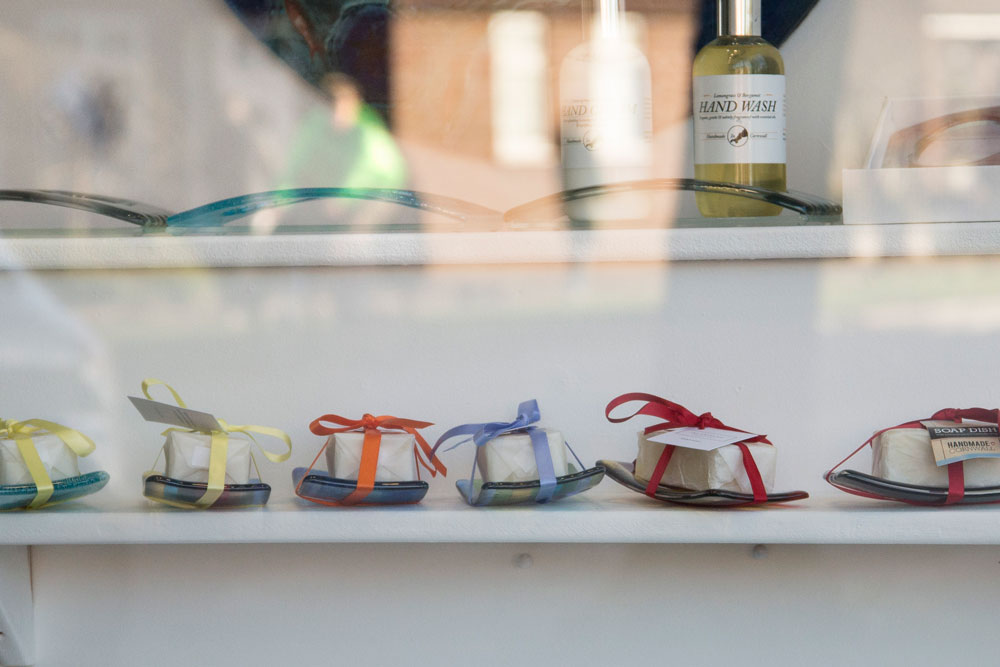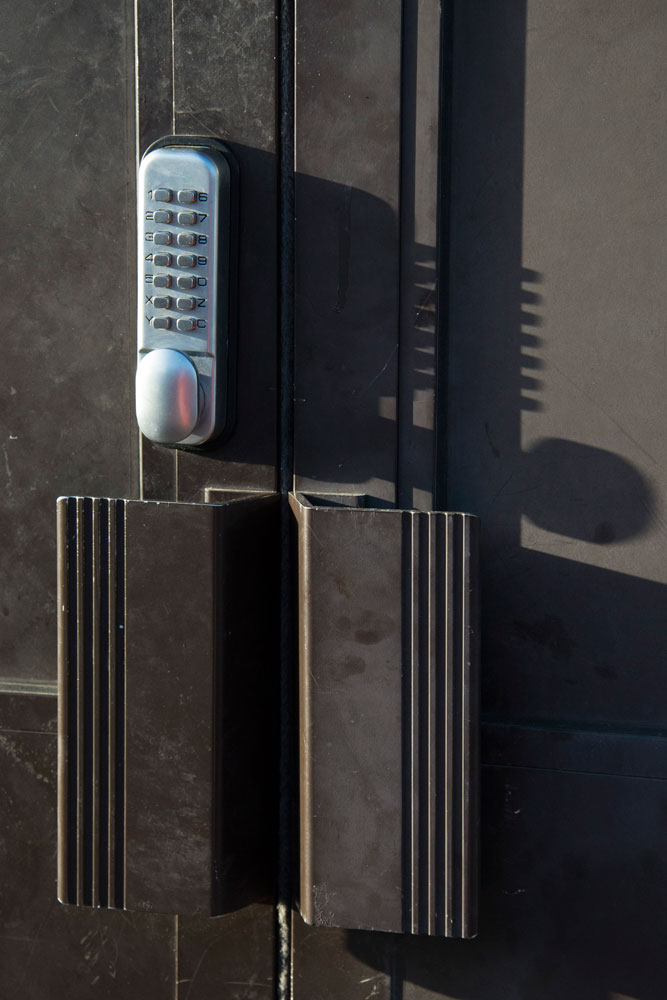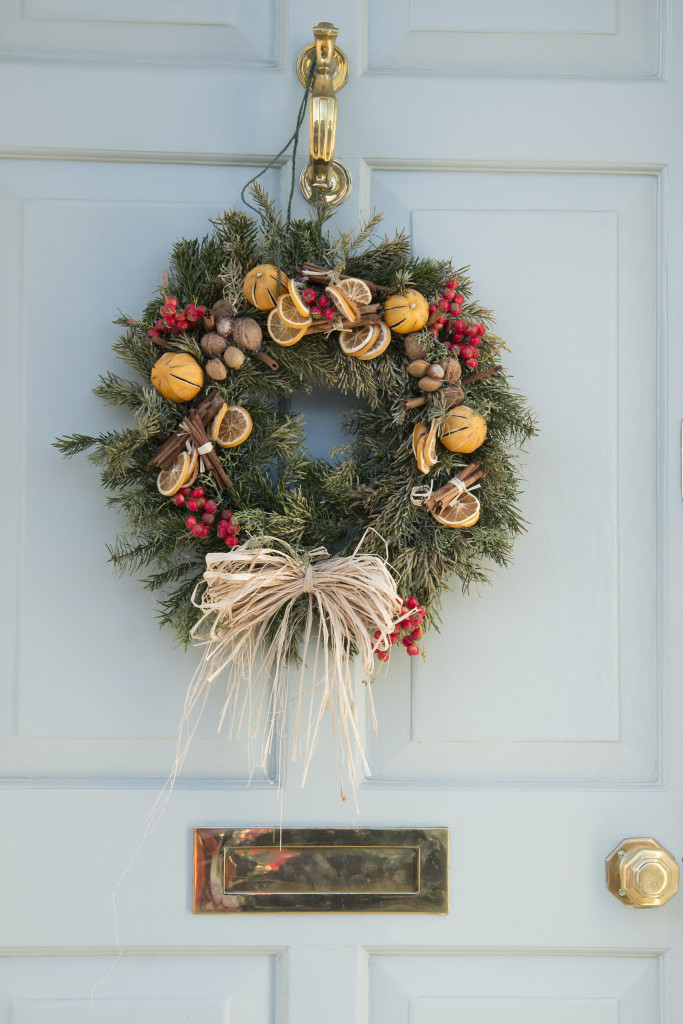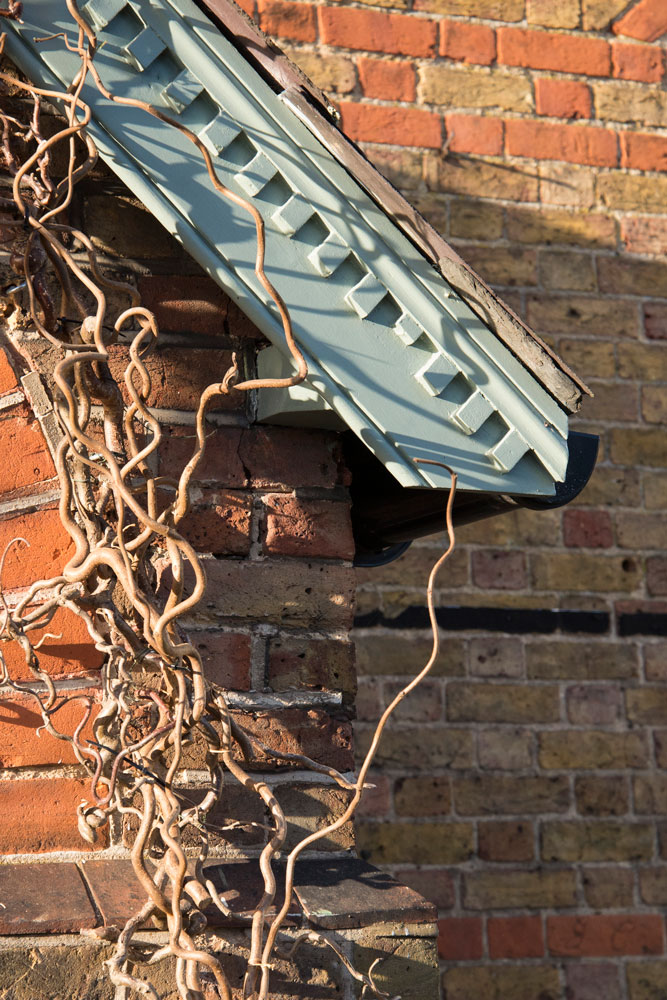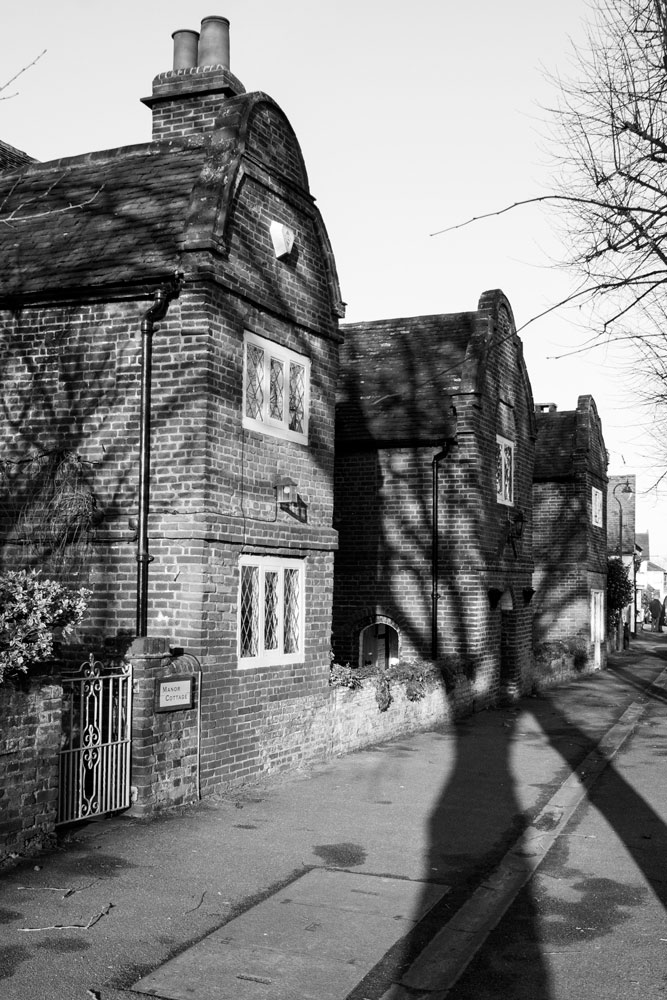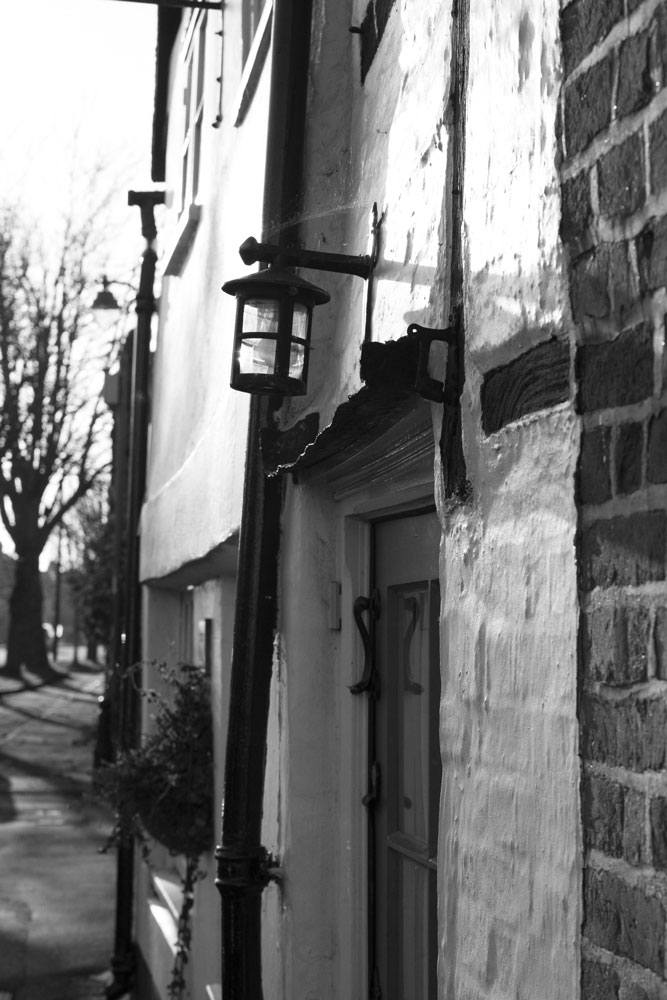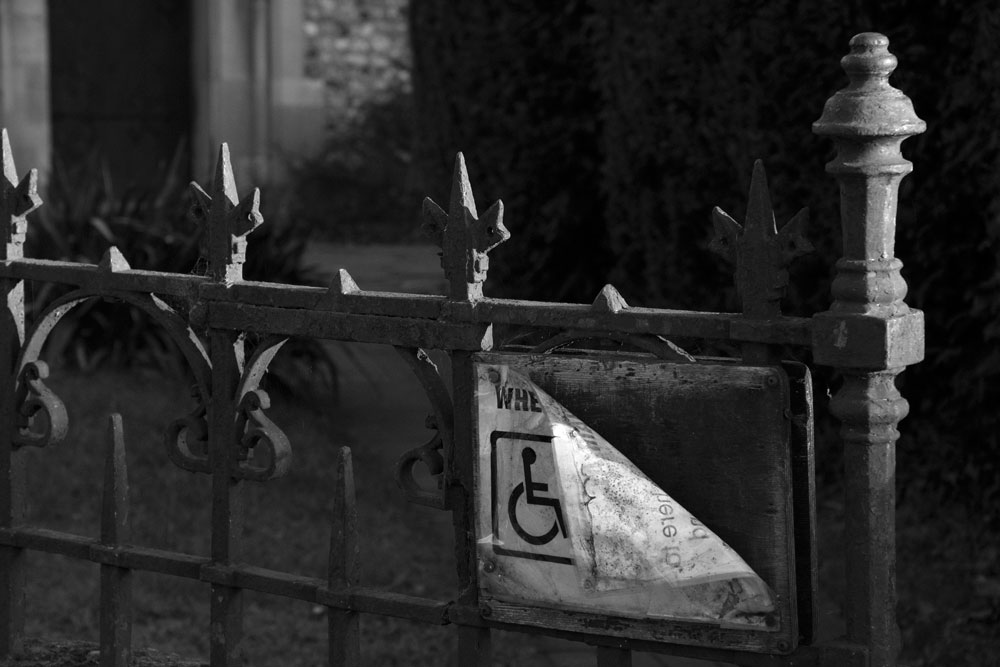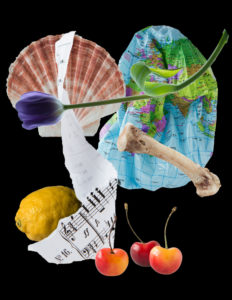
Decoding the Vanitas
In creating the Vanitas series I took some time thinking about the denotations and connotations I wanted to use. While I want the viewer to draw their own conclusions from the images the following gives some background to why I have included the elements and objects I have.
Contemplating Mortality
Stems from my own mortality and answering the question – ‘what are your vanities?’
- Frame: References how we frame our lives and the frames of references we use, also consideration of whether we are reframing mortality with the digital afterlife
- Satin cloth: the flow of life with all its ups and downs, folds and wrinkles
- Dutch doll (an obvious link to the origins of the genre) and the book: Both given to me by relatives (my Dad and my Nanny Langley) who have been dead for some years. The book refers to early Vanitas in that knowledge was regarded as temporary and a vanity
- Cut Flowers: Both flowers represent the frailty of life, as cut flowers they will soon fade. The Tulip references historical Vanitas and the Sunflower is my favourite flower, a personal vanity
- Boxing gloves: My amateur boxing award, the vanity of ‘success.’ Also about corporeal frailty and the mixed attitudes around women boxing
- Alice’s Adventures in Wonderland charm bracelet: jewellery as one of my vanities, but also a metaphor for my research work (the vanity of knowledge), Alice has featured symbolically in a number of my papers and is part of my business website
- Music score: Music is ephemeral once played, and I play the flute badly
- Hex Bug mouse (a cat toy): Recognition of my aging being measured in cat ownership – I will be in my seventies if my two Maine Coons live as long as some of my moggies did.
- Pixelated shell: Speaks of the growing industry around digital afterlife (there are over 30 million Facebook accounts belonging to dead people). It also represents death and refers back to Vanitas when exotic shells were included as a symbol of wealth.
- Egg timer: the passage of time
Feminist and Feminine
- Frame: It is a formal and slightly ornate frame as an historical reference. The breaking of the frame is acknowledgement of the early women artists challenging the art system in their own ways
- Cherries and Lemon: references to Clara Peeters (1580/1590 – in or around 1621), Fede Galizia (1578 – 1630), Giovanna Garzoni (1600-1670), and Rachel Ruysch (1664 – 1750)
- Satin cloth: A reference to bridal wear or maybe virginity
- Peony: a ‘blousy’ flower speaking of the softly feminine and acknowledging earlier Vanitas. As a flower it also has a lifecycle
- Butterflies: Also an earlier reference but they are left blank in recognition of these women often being ignored and side-lined in historical accounts
- My signature: Added, because I can do so without recourse to another authority. Something early women painters could not do unless they were allowed to join a Guild or were accepted into the Academy
- Compact mirror: A reference to Vanitas symbolism (the mirror directly representing vanity) and the complex relationship between femininity, feminism and gender stereotyping
Mother Earth
- Frame: Frames of reference with regard to the climate change debate and the challenge of changing behaviours
- Earth: an inflatable globe showing the decline of the planet
- Tulip: The influence of capitalism, the Tulip being a symbol of the first big economic crash
- Plastic bottles and the tin: mass production and mass consumption
- Flat peaches in a packet: Our increasingly distanced relationship to food , nature and our environment in the West
- Shell: The impact we are having on the sea. Shells were once included as a demonstration of wealth and vanity they are now part of mass consumption and can be bought cheaply online for fish tanks. This is having an impact on our seas
- Plastic cloth: In this image the backdrop is a deliberately more chaotic plastic cloth. The cloth will most likely outlive me and is also about the impact of mass production of plastics
- Bones: Symbols of death. They are chicken bones so they also relate to mass production and humankind attitudes to other animals






